In school we had studied S.I. unit system for physical quantity, IUPAC standards for chemical formula. When we buy any consumer product we look for the BIS mark or when choosing a manufacturer when looking for ISO standards. Similarly, as an engineer we should be aware of BSI, ISO and others as various engineering standard codes.
Has it ever occurred to you what standards we must follow while designing a PCB?
Internationally accepted and widely used standard that is followed in case of PCB is IPC.
What is IPC?
IPC is a global trade and standards setting association focused on the electronic industries. It sets and publishes standards for electronic design, manufacturing and inspections.
IPC standards are used worldwide and have been essential to the globalisation of the electronic industry by providing uniformity. The association was formed in 1957 by the name Institute of Printed Circuit (IPC). In 1958 itself, they published and sold more than 25,000 copies of their book: How to Design and Specify Printed Circuits.
In 1977, the association’s name was changed to the Institute for Interconnecting and Packaging Electronic Circuits owing to the influential association of electronic assembly companies with the IPC. However, later the name was dropped and just the acronym IPC continued with the tagline: Association Connecting Electronics Industries.
The Feathers in IPC’s Hat
There are multiple reasons that make IPC so reliable and internationally go-to code when it comes to PCB. These are-
- IPC, being an combination of more than 3,000 member companies makes, uses, specifies, designs and assembles PCBs. Further design standards specifications covers various fields including:
- advanced microelectronics
- aerospace and military
- automotive
- computer
- industrial equipment
- medical equipment and devices
- telecommunications industry
Image
- Focuses on superior quality, reliability and consistency. They drive global electronics industries by developing trusted standards which are simply communicated and implemented industry wide.
- IPC has over 300+ active multilingual industry standards, covering nearly every stage of the electronics product development cycle.
Various Terminologies Used in IPC that Everyone Should Know
Within IPC-6011, the most important part is the definition of product classes. These definitions are used to determine the PCB design, manufacturing and inspection rules.
IPC has divided the electronic product classes into three and one sub class, these are:
Class 1- General Electronic Products
Products within this class are used for applications in which functionality and low cost are the primary drivers while reliability is secondary. Thus, it includes products of low costs like television remotes, electronic toys, etc.
General electronic product
Class 2- Dedicated Service Electronic Products
More emphasis is laid on high reliability and extended life for the products in this category. Uninterrupted service is primary while critical functioning is secondary. The end-use environment is not extreme enough to cause PCB failure. Products such as computers, cell phones, etc are included in class 2.
Dedicated Service Electronic Products
Class 3- High Performance Electronic Products
Products within this class must provide continuous performance or performance on demand without downtime or performance degradation. The end-use environment may include temperature extremes, vibration and high altitudes. In this class critical systems such as medical life support systems, drones, automatic cars, etc. are included.
High Performance Electronic Products
Class 3/A- Space and Avionics
This is a dedicated subclass within the class 3 for military and aerospace electronics. They are mission critical and are regarded as the highest class for PCB. Thus products within this class have very stringent and expensive manufacturing and inspection criteria.
Space and Avionics
Note, from an engineer’s perspective, the selection of product class affects the design rules, PCB construction, the level of inspection and rejection criteria to be used while manufacturing PCB.
Other terminologies to be considered are-
Acceptance tests: Based upon the purchaser and vendor demands, this test is used to assess the acceptability level of the product.
Assembly: Several parts, subassemblies or a combination joined together is called assembly.
Resist: It is a coating material used to mask or protect certain areas of a pattern during manufacturing or testing from the action of an etchant, plating, solder or other coatings.
Integrated circuit: A combination of inseparably associated circuit elements formed in place and interconnected on or within a single base material to perform a microcircuit function.
Flexural strength: The tensile strength of the outermost fibre of a material that must bend.
Critical operation: One procedure of a total process that has a significant impact on the characteristics of the completed product.
Process indicator: A deviation on a product that doesn’t harm its reliability, fit or function, such as discolored insulation or a solder joint containing a pinhole.
Some Important IPC Standards

IPC-2581 provides a standardized format for exchanging design data between the PCB designer and manufacturer that helps ensure consistent production results.
IPC-2221 is the standard guideline for the process of designing PCBs. It covers design layout, parts lists, materials, mechanical and physical properties, electrical properties, thermal management and others.
IPC-A-600F sets the acceptance criteria for PCBs. It describes which observable conditions of a board are acceptable and non-conforming, as well as the target conditions for all parts of the PCB.
IPC-TM-650 provides guidelines for assessing various aspects of PCBs. For example, test method IPC-TM-650 2.6.14.1 describes methods for testing a board’s propensity for surface electrochemical migration. While the IPC-TM-650-2.3.25.1 describes a method for ionic cleanliness testing of bare printed wire boards, which is important because ionic contamination can cause issues that make a PCB defective.
IPC-A-610 is for acceptability of electronic assemblies, it provides criteria for the acceptance of end products.
IPC Standard Tree
IPC has provided detailed standard layout branches for every process. It makes it easier to identify which standards one has to be familiar with and use while working on a respective process.
IPC Standards
IPC Standard Tree
How Reliable is IPC?
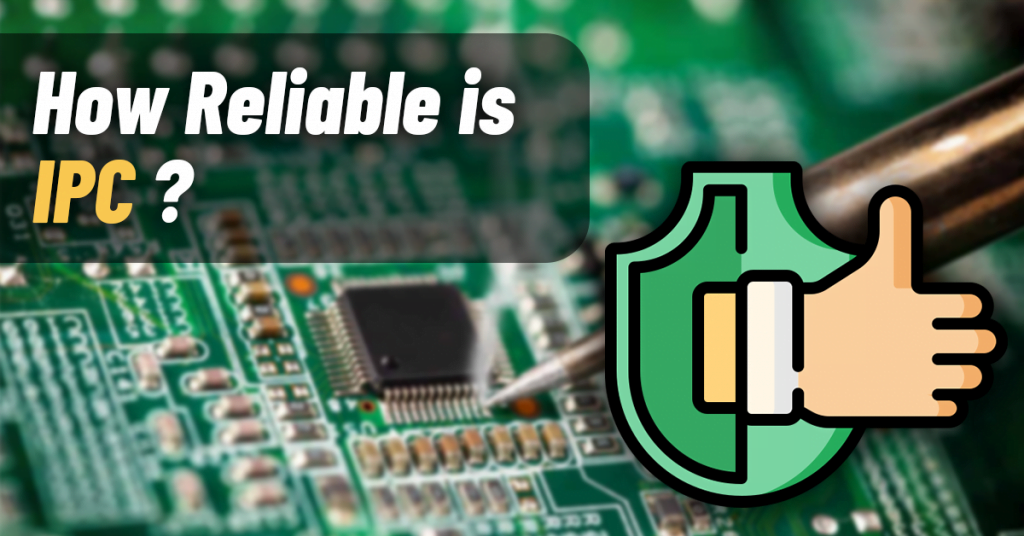
- Amenability of Standards- Laying down of standards doesn’t happen in silos, rather committees of volunteers from across the electronics industry draft, edit and vote on IPC standards. More than 3,000 industry professionals across the globe participate in this process. Experts from all over the globe participate and give their insights in this process making the standards more reliable and verifiable.
- Validation Services Programs- The association not only helps organizations address manufacturing issues and determine what they need to do to reach compliance with standards, but also maintains a qualified manufacturers list and qualified products to help you determine if a product complies with IPC electrical standards.
- IPC-Licensed Training Centres- It has around 110 such centres around the world. Further it provides online and multimedia education and training resources.
Why Should PCB Manufacturers Follow IPC Standard?

- For Precision, Cost Reduction and Prevention of Delays: Manufacturing a PCB requires precision from designing to assemble. There are not just too many processes involved in PCB manufacturing but also multiple design rules and specifications at each process stage that one cannot miss. Imagine if every engineer or a designer has to do every process merely by assumptions, trial and error method. It will not just be time consuming but also be a costly affair and our product will always be put to question of hit or miss. Therefore, a uniform, internationally agreed upon standards for processes and specifications helps in ruling out such shortcomings.
- For Quality Assurance: IPC standards are reliable and upholds validity, thus following them makes the product more dependable, long lasting and consistent. Therefore, improving the quality of the product by adhering to IPC standards.
- For Uniformity between designer and manufacturer: Referring to IPC standards to indicate various guidelines helps maintain uniformity in terminology and designing between personnels at different stages of the PCB manufacturing process.
- Fluidity and Ease of Communication: Within an organisation, employees speaking the same language can collaborate and more easily make the changes needed to make improvements. IPC standards also improve communication with customers, supplier vendors, regulators and others. It prevents miscommunication that can lead to production delays, inconsistencies and negative feedback.
- For Building Brand Name and Reputation of Firms: An IPC compiled product adds a value to any product of the firms. It acts as one of the deciding factors that purchasers and vendors look for while making a choice for placing an order. Further a reliable product with longer working life helps in building the brand name and reputation of the firm in the eyes of their customers who prefer them over other firms.
How to Implement IPC Standard for PCB
The IPC publishes standards for every aspect of PCB design, manufacturing assembling and inspection. The major categories of standards are:
- General Documents: PCB definitions, tolerances, documentations and testing standards are covered within this.
- Design Specifications: It gives guidelines for PCB layout designers. The most common ones are IPC-2221 and IPC-7351B. While the former has been discussed earlier, the latter is for generic requirements for surface mount design and land pattern standards. These generic standards are already encoded in the software’s internal design rules.
- Material Specifications: It defines specifications for everything in the electronics supply chain from the pre-prep to silkscreen. For instance, IPC-4554 ‘Performance Specification for Electroless Nickel/Immersion Gold (ENIG) Plating for Printed Boards’ sets requirements for the gold plating of PCBs.
- Performance and Inspection: It includes, IPC-6011 ‘Generic Performance Specification for Printed Boards’ which covers- PCB design, assembly, testing, inspection and documentation.
- Flex Assembly and Material Standards: It covers both the material and the assembly standards for flexible printed circuits. Following the standards makes the PCB manufacturing simpler and easier to adhere to for any manufacturer. Further an IPC qualified tag acts as a badge of trustability on the products.
Just like to understand physical units better one needs thorough knowledge of the International System of Units, similarly to understand PCB designing and manufacturing better knowledge about internationally accepted standards is important. Therefore, if you are trying to be the best engineer, or researcher in this field, you must be aware of IPC standards.
You can check out more design rules that professionals follow here.


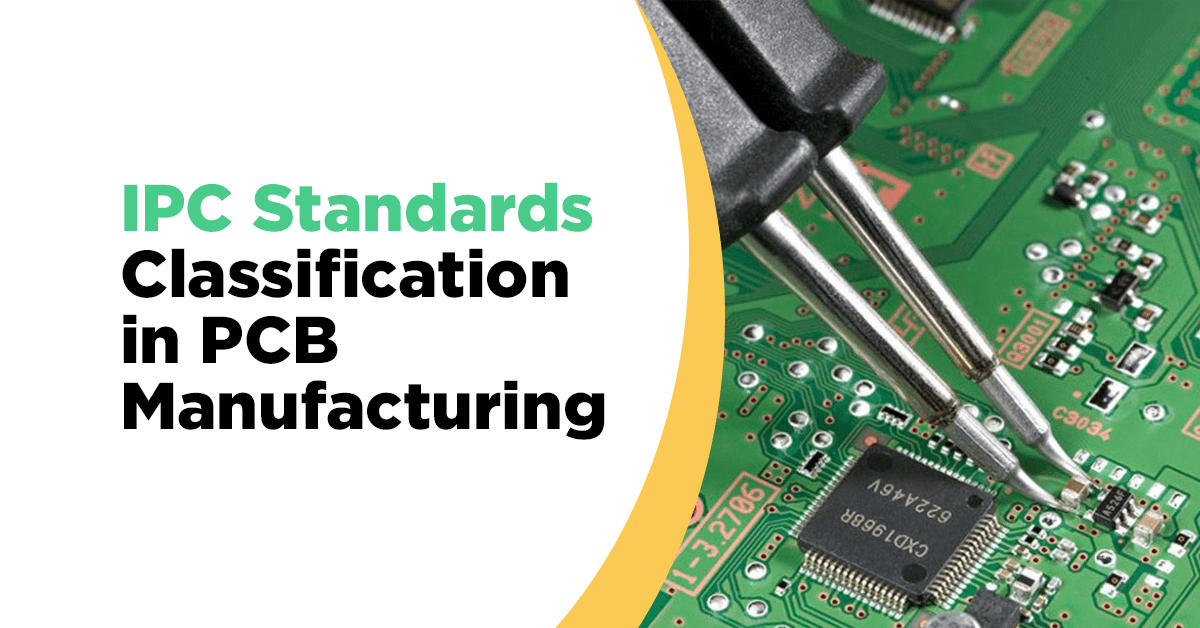
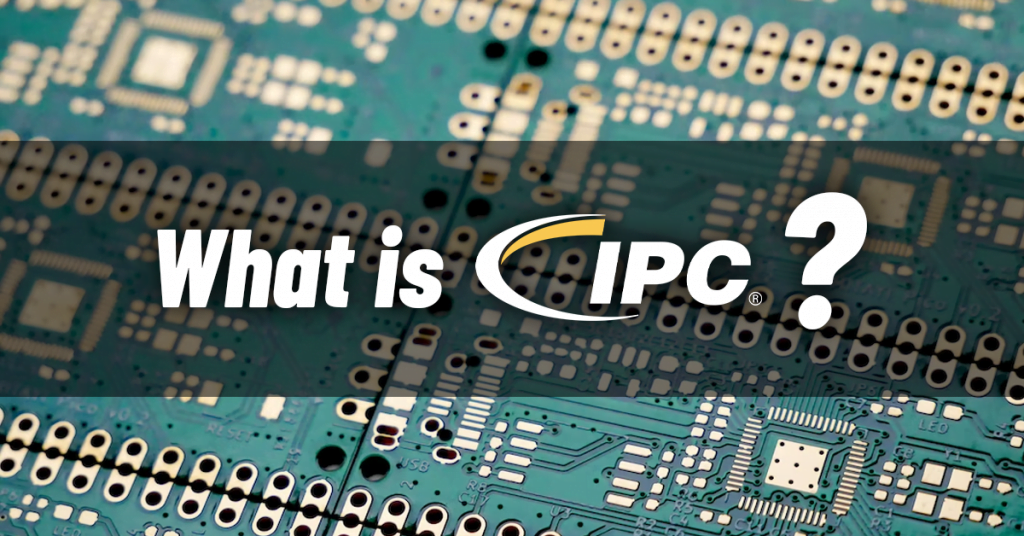





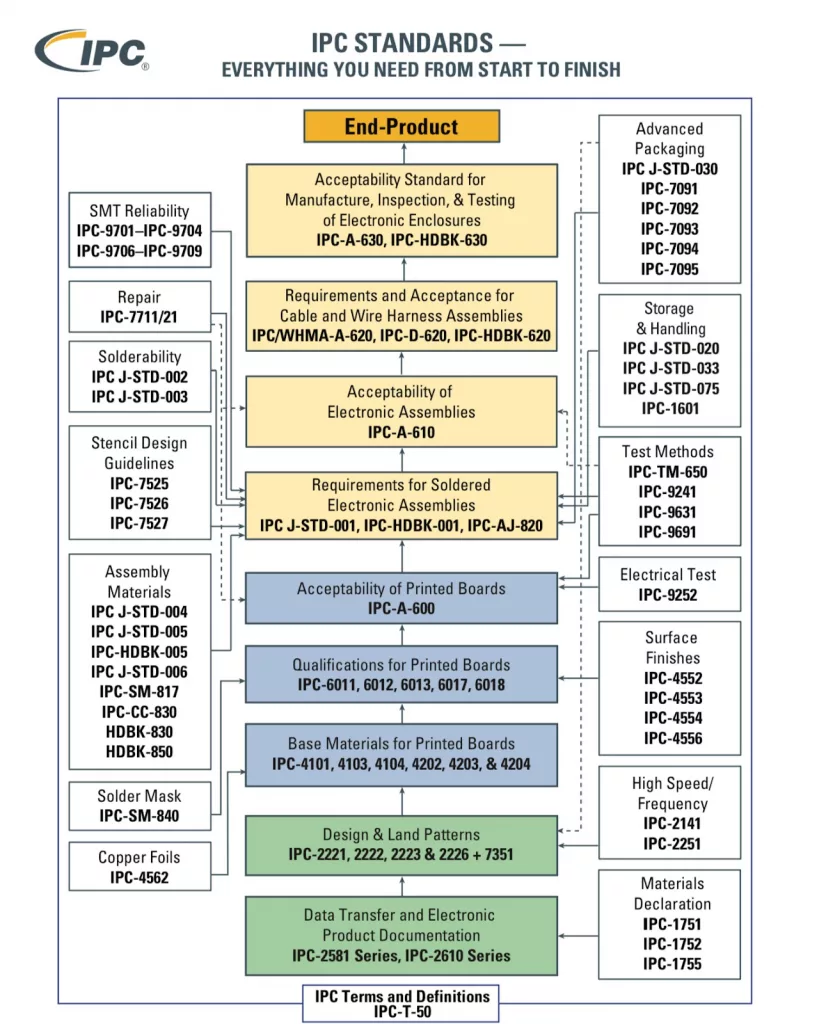
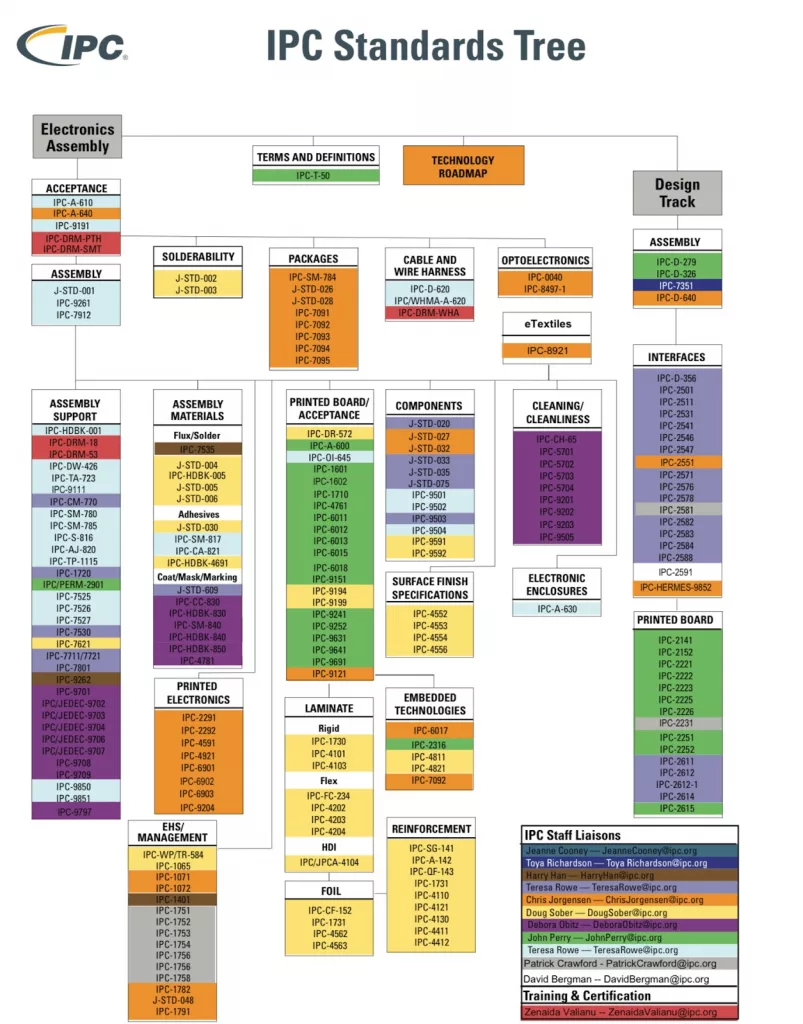



Leave a comment